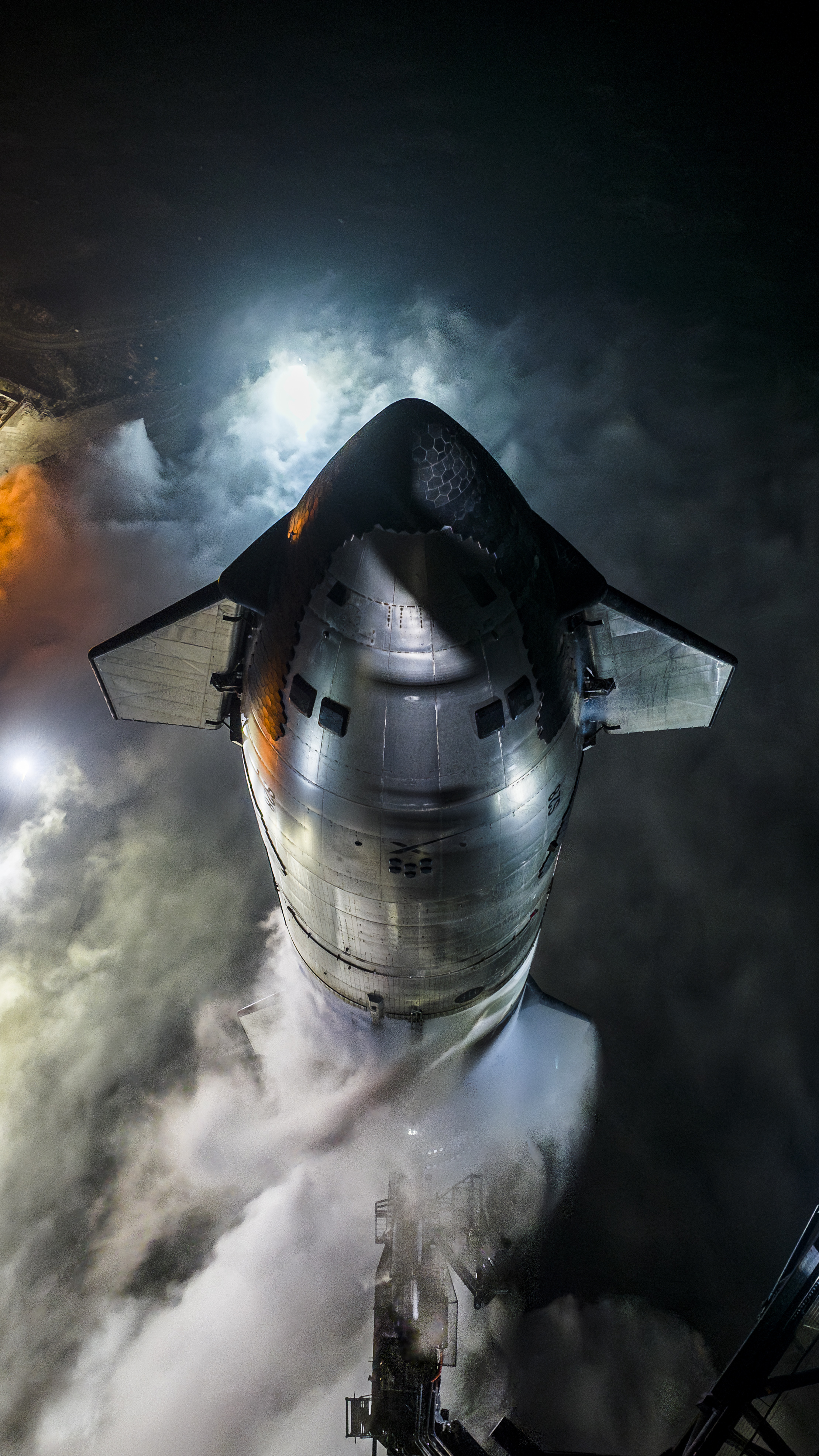The Crucial Role of Temperature Control in Loading Cryogenic Propellants for SpaceX Launches

One of the most complex and critical aspects of modern rocket launches is the management of cryogenic propellants, especially when dealing with the massive volumes required for a spacecraft as large as SpaceX’s Starship and Super Heavy booster. Cryogenic propellants, like liquid methane (CH4) and liquid oxygen (LOX), must be stored and handled at incredibly low temperatures to remain in their liquid state. This allows them to be more compact and efficient as rocket fuel. The importance of maintaining these low temperatures during the loading process cannot be overstated, as even small fluctuations can have serious implications for a successful launch.
Understanding Cryogenic Propellants and Their Properties
Cryogenic propellants are substances that must be kept at temperatures far below freezing in order to remain liquid. For example, liquid methane must be kept at -161°C (-258°F) and liquid oxygen at -183°C (-297°F). At room temperature, both of these substances would turn into gas, making them unsuitable for the dense energy needed for rocket propulsion. Storing and managing these fuels in liquid form allows SpaceX to pack more energy into the rocket's tanks, increasing its thrust and efficiency.
However, keeping these propellants at such low temperatures is a major engineering challenge. If the temperature rises even slightly, the liquid fuel can begin to vaporize, which can cause pressure imbalances in the tanks or reduce the amount of usable fuel during flight. This is where temperature control plays an essential role in ensuring that the cryogenic propellants remain stable throughout the loading and launch process.
Temperature Management During Propellant Loading
When loading cryogenic propellants into Starship and Super Heavy, the propellant tanks must be pre-chilled to prepare them for receiving the ultra-cold liquids. This ensures that the propellants don’t heat up too quickly when they enter the tanks. SpaceX employs specialized ground equipment designed to carefully control the flow of cryogenic fluids, gradually pumping them into the tanks while monitoring temperature and pressure.
The propellant lines, which transfer the fuel from ground storage to the rocket, are insulated to prevent heat from warming the fuel as it moves through the system. SpaceX uses vacuum-insulated pipes and other high-tech thermal management systems to limit the exposure of the cryogenic liquids to external heat. Any significant temperature rise could lead to the formation of gas bubbles, which could destabilize the rocket's fuel supply.
In addition to the tanks and fuel lines, the fueling process itself is closely monitored through a series of sensors that measure temperature, pressure, and flow rates in real-time. This data is analyzed by SpaceX engineers during the loading procedure to ensure that conditions remain optimal and that any potential issues, such as a temperature spike, are quickly addressed.
The Role of Ground Support Equipment
SpaceX's ground support equipment (GSE) is essential for maintaining the cryogenic propellants at their required temperatures throughout the entire loading process. Cryogenic storage tanks are typically housed in well-insulated containers that are either refrigerated or filled with nitrogen gas to further reduce the risk of heat transfer from the outside environment. The equipment that pumps the propellants into Starship and Super Heavy is also designed to keep the fuel at the necessary cryogenic temperatures.
Additionally, SpaceX often performs "subcooling" of the propellants, cooling them even further below their boiling point to increase the density of the fuel. This allows more propellant to be loaded into the rocket, providing greater energy and increasing the efficiency of the launch. This subcooling technique is particularly important for large-scale rockets like Super Heavy, where maximizing fuel capacity is critical for achieving the desired thrust and performance.
Challenges and Risks of Temperature Control
Maintaining cryogenic temperatures is not without its challenges. The extreme cold of the propellants can cause material stress on the tanks and fuel lines, leading to potential cracks or leaks. Additionally, external environmental factors such as heat from the sun, ambient air temperature, or even the heat generated by ground operations can threaten to warm the fuel during loading.
To mitigate these risks, SpaceX carefully controls the environment around the rocket during the fueling process. This can involve limiting the amount of time the propellants are exposed before launch, as well as maintaining a cool, controlled environment around the launch pad. The countdown to launch is also designed to minimize delays once the propellants are loaded, ensuring that the supercooled fuels remain in a stable state until liftoff.
The Importance of Temperature Control for Reusability
Precise temperature control during propellant loading is also vital for SpaceX’s goal of reusability. After launching, Super Heavy must execute a controlled landing, and any excess heat or pressure in the fuel tanks could affect its ability to burn fuel efficiently during its descent. By ensuring that the cryogenic propellants are stable and properly loaded, SpaceX improves the likelihood of a successful launch and recovery of the booster.
In conclusion, temperature control is a fundamental element in the successful handling of cryogenic propellants for SpaceX's Starship and Super Heavy launches. From pre-chilling the tanks to using insulated pipes and monitoring the flow in real-time, SpaceX's attention to detail ensures that the liquid methane and liquid oxygen remain stable throughout the entire launch process. This precision not only makes the launches more reliable but also contributes to the overall goal of making spaceflight more affordable and sustainable through rocket reusability.